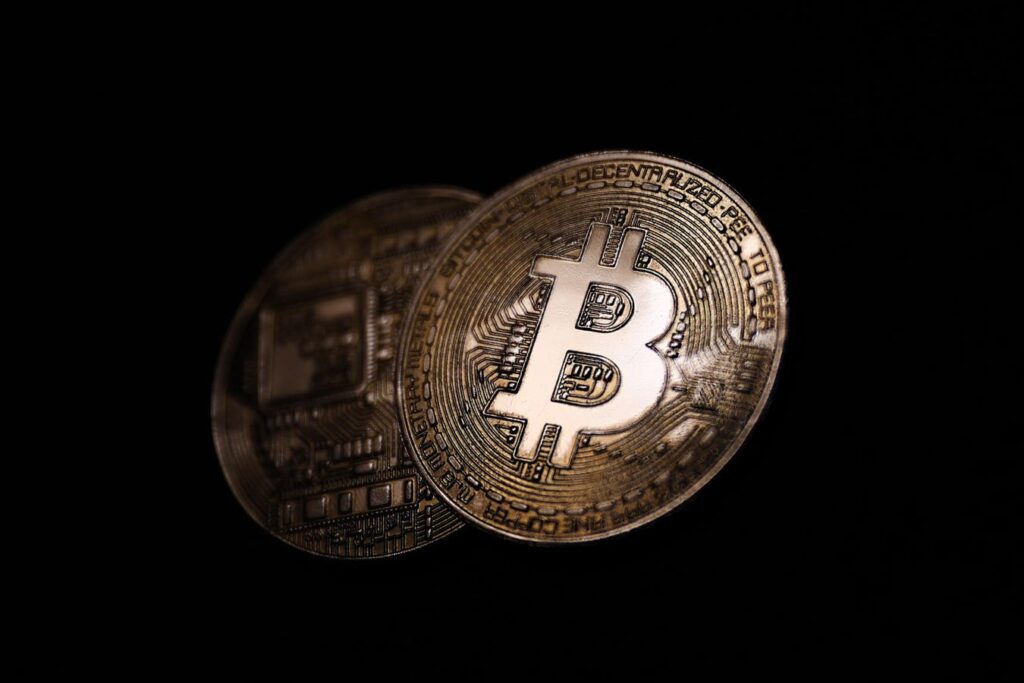Bitcoin Price
Even though the worst of the crypto bloodbath is over, the market remains in the lurch.
Bitcoin
Bitcoin
Cardan
Solana
Dogecoin
BNB
XRP
For some analysts, the pullback doesn’t come as much of a surprise. In fact, veteran trader and widely followed crypto commentator Peter Brandt says this is typical behavior for Bitcoin after the halving.
(A cryptocurrency halving is a deflationary event when the reward for mining a new cryptocurrency is cut in half in an effort to slow supply growth. The last bitcoin halving occurred last April.)
In a post published on X on August 5, the analyst stated that “BTC’s decline since the halving is now similar to that of the 2015-2017 halving bull cycle.”
On July 9, 2016, Bitcoin experienced its second halving when the cryptocurrency was trading around $650. Within a month, Bitcoin fell by nearly a third to the $450 mark before embarking on one of the biggest bull markets, reaching $20,000 by the end of 2017.
Some analysts, however, disagree on the potential causes of Bitcoin’s decline.
Was Bitcoin Just Caught in the Yen Crossfire?
Although Brandt blames the recent drop in Bitcoin’s price on the halving, a number of analysts attribute it to a broader market decline, triggered by what’s known as the yen carry.
One of them is Khushboo Khullar, a partner at Lightning Ventures, a firm that invests in cryptocurrency-related companies. Khullar says the cryptocurrency market has plummeted due to a “panic” rush for cash.
Matt Hougan, chief investment officer of Bitwise Asset Management, supports Khullar’s view.
In a recent interview with CNBC, he said that bitcoin was simply caught in the crossfire of a broader selloff due to the liquidation of the yen carry position. According to him, “nothing has fundamentally changed in bitcoin.”
“We have seen a global sell-off in financial markets that impacted the cryptocurrency market during a weekend of low liquidity, but nothing has fundamentally changed regarding Bitcoin or cryptocurrencies, except that we are closer to a Fed rate cut and quantitative easing,” he said.
What is the yen carry trade?
Although the end of the “yen carry trade” sounds like complex financial jargon, the basic concept is relatively simple to understand.
In short, a large portion of investors, who had borrowed Japanese yen at low interest rates to invest in higher-yielding assets, began selling those investments and repaying their yen loans.
The flight was triggered by the Bank of Japan’s quarter-point rate hike in July, which simply made the carry trade less profitable and riskier.
The result was that investors rushed en masse to liquidate assets purchased with the increasingly expensive yen, leading to a global sell-off in stocks, commodities and cryptocurrencies.




